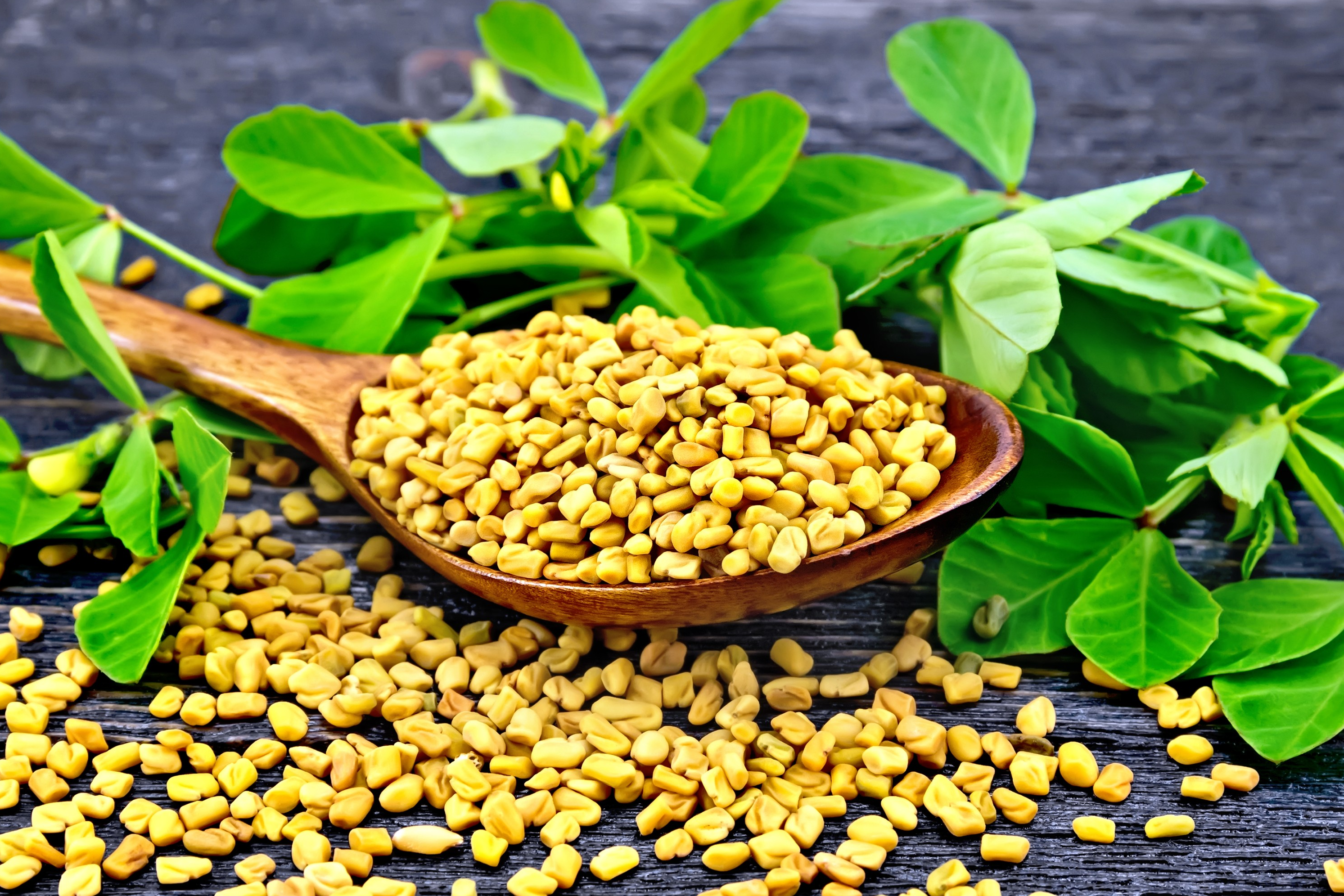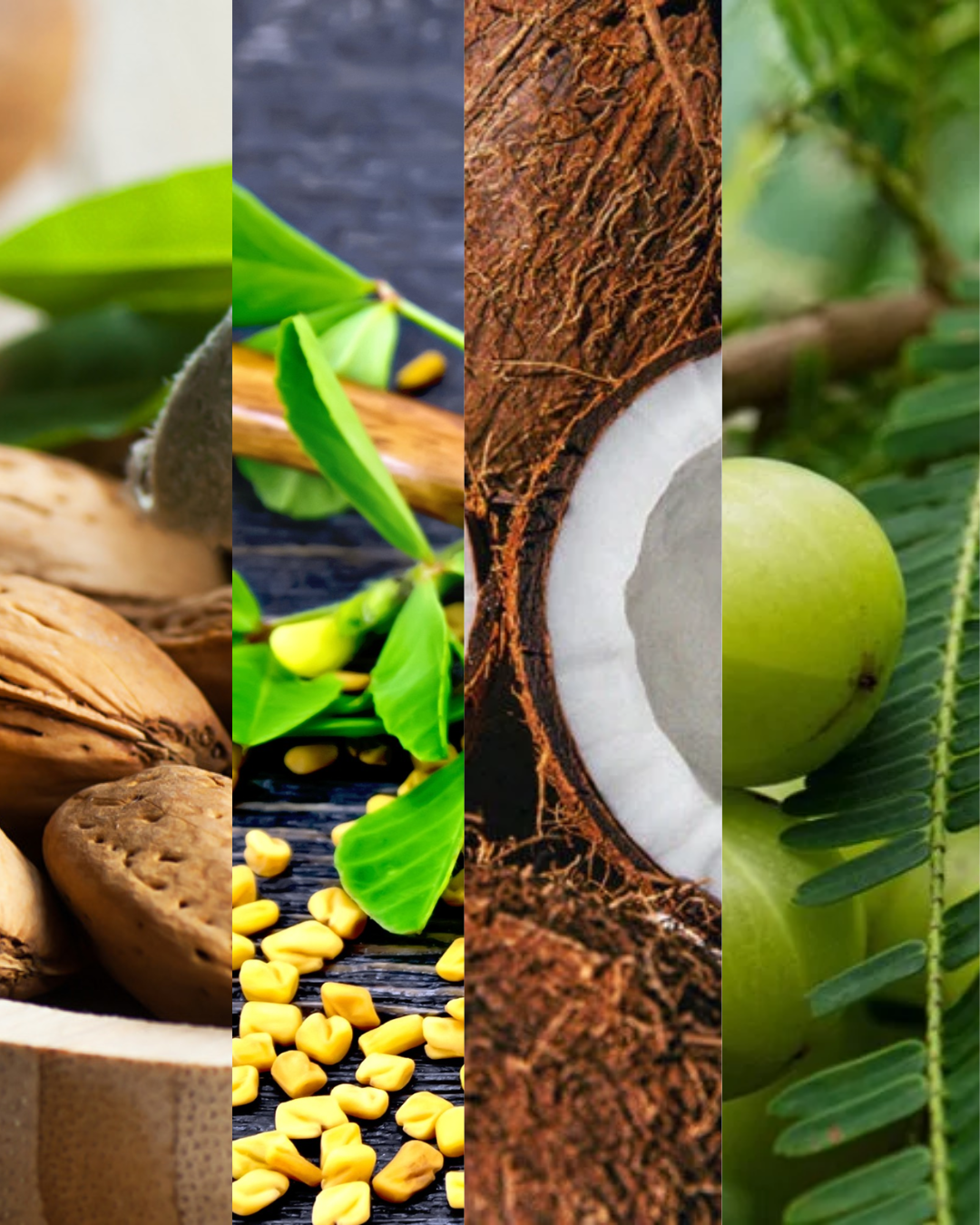Table of Contents
South Asia is a region known for its rich cultural diversity, vibrant traditions, and mouthwatering cuisine. Beyond the tantalizing flavors, South Asians have a treasure trove of superfoods that have been passed down through generations for their remarkable benefits in promoting healthy hair and skincare.
South Asian superfoods for hair and skincare
These superfoods, loaded with essential nutrients, have been the beauty secrets of the region for centuries. In this article, we unveil the top 10 superfoods from South Asia that work wonders for your hair and skin.
Amla (Indian Gooseberry)

Amla is often hailed as the “wonder fruit” in South Asia. This tangy berry is a powerhouse of vitamin C, antioxidants, and anti-inflammatory properties. Consuming amla can promote collagen production, improve skin elasticity, and strengthen hair from the roots.
Turmeric

Turmeric is a spice that holds a special place in the kitchen. Its anti-inflammatory and antiseptic properties can help combat acne, reduce scars, and provide a radiant skin tone. Turmeric’s curcumin content also supports hair growth.
Coconut

Coconut, in its various forms, is a South Asian beauty secret. Coconut oil, milk, and water are packed with essential fatty acids and vitamins. The oil, in particular, is a natural moisturizer that prevents hair damage, reduces protein loss, and nourishes the skin.
Neem

Neem is often referred to as the “village pharmacy” in South Asia. With its antibacterial and antifungal properties, it’s excellent for treating skin ailments like acne and eczema. Neem oil can also strengthen hair and promote a healthy scalp.
Saffron

Saffron is not just a spice but also a potent skincare ingredient. It can help lighten dark spots and improve complexion. A saffron face mask is a popular remedy in South Asia to achieve glowing, even-toned skin.
Fenugreek (Methi)

Fenugreek seeds are a staple in South Asian kitchens, and they have a dual benefit for hair and skin. When ground into a paste and applied as a face mask, they can combat acne and rejuvenate the skin. When soaked overnight and used as a hair mask, fenugreek can strengthen hair, reduce dandruff, and promote hair growth.
Sandalwood

Sandalwood has been an integral part of South Asian beauty rituals for centuries. Sandalwood paste or oil can help soothe irritated skin, reduce acne, and give a radiant complexion. Its calming fragrance is an added bonus.
Moringa (Drumstick)

Moringa also known as “miracle tree” or drumstick is a popular superfood that is rich in vitamins, minerals, and antioxidants. Moringa oil strengthens the hair, promotes growth, and nourishes the scalp. It is also used in skincare for its ability to retain moisture, improve skin texture, and reduce signs of aging.
Papaya

Papaya is abundant in South Asia, and it’s a top pick for skincare. The enzyme papain in papaya can exfoliate the skin, remove dead cells, and reduce blemishes. Papaya pulp or a face mask made from it can leave your skin feeling rejuvenated.
Almonds

Almonds are packed with vitamin E and healthy fats, making them a South Asian superfood for both skin and hair. Almond oil can be massaged into the scalp to nourish hair follicles and reduce hair fall. It’s also a fantastic moisturizer for dry skin.
Conclusion
Incorporating these superfoods into your daily routine can have a transformative impact on your hair and skin. South Asians have harnessed the power of these ingredients for centuries, and now the world is starting to catch on to their incredible benefits.
While these superfoods are generally safe, it’s essential to perform a patch test, especially if you have sensitive skin. Additionally, consult with a dermatologist or healthcare professional if you have any specific skin or hair concerns.
The top 10 superfoods from South Asia are a treasure trove of natural beauty remedies. These ingredients, with their rich nutrient profiles and proven results, are more than just staples in the kitchen; they are the key to unlocking radiant skin and lustrous hair. Embrace the wisdom of South Asian beauty traditions and experience the transformation for yourself.
Stay updated on all of the latest news by subscribing to the ITP Live newsletter below and by clicking the push notifications.







